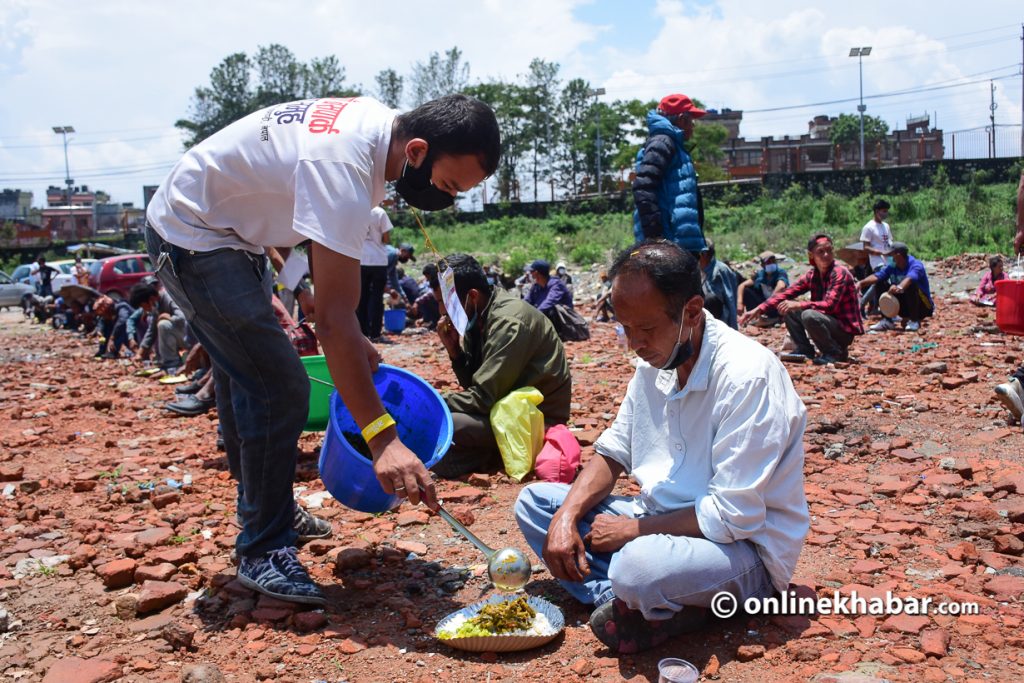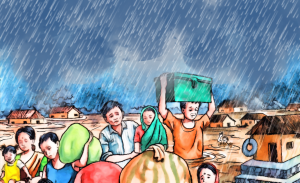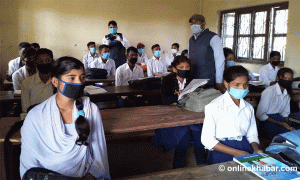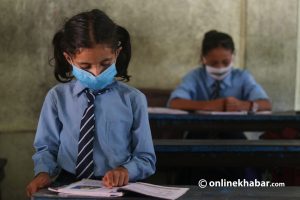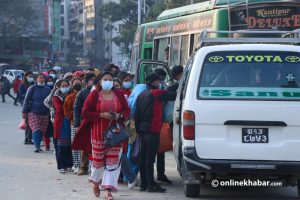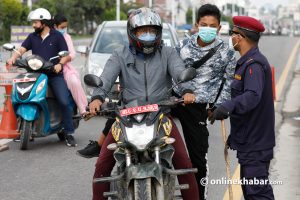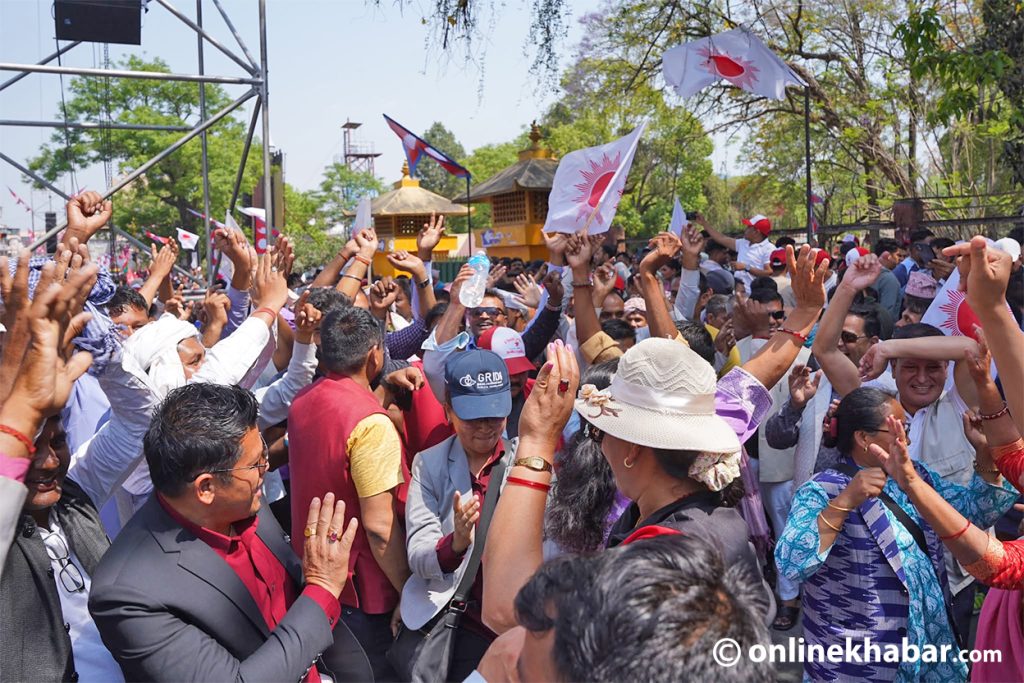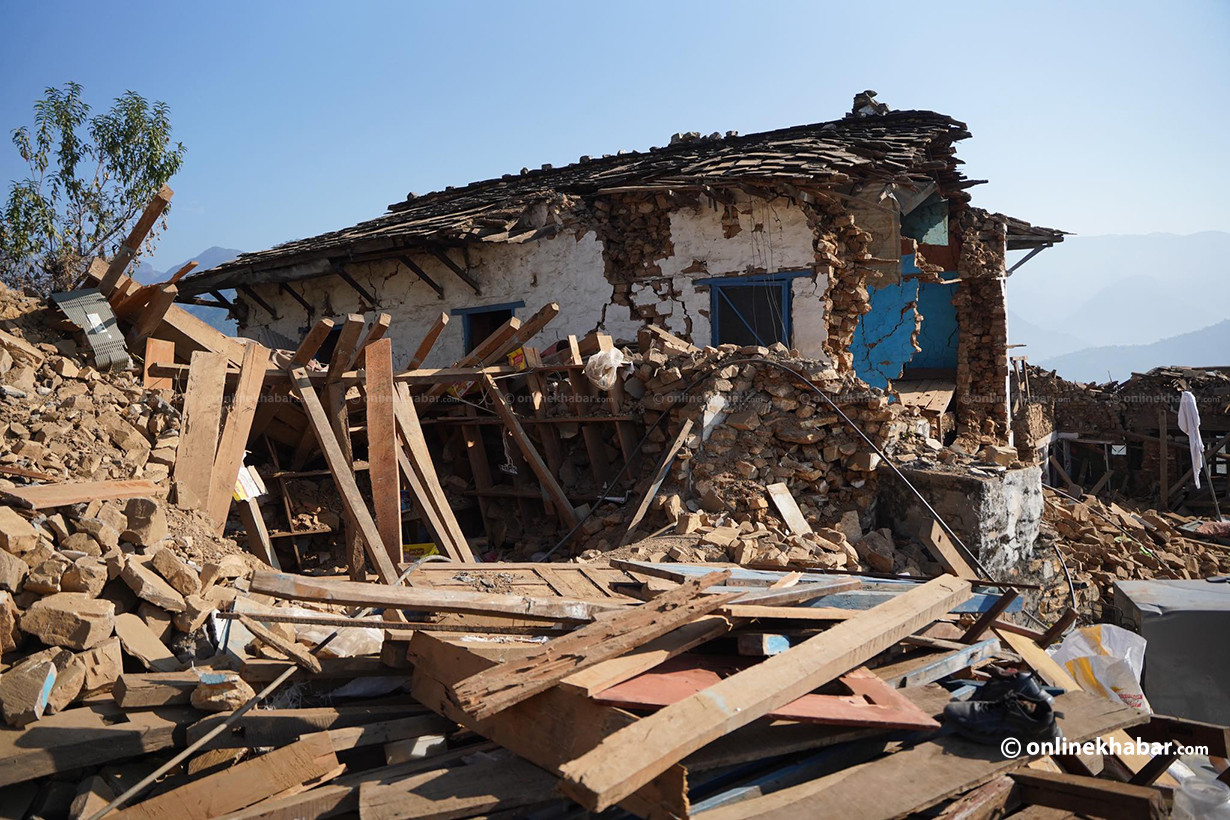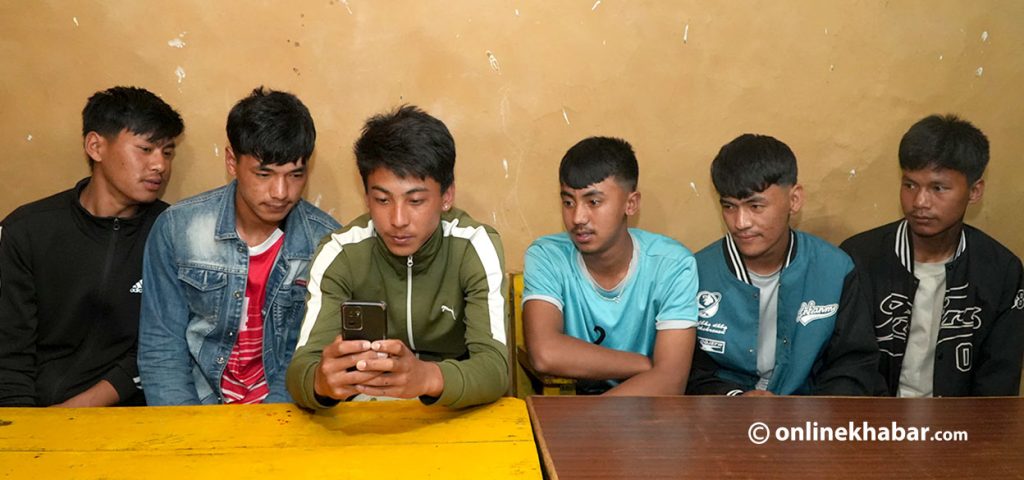Having already been ignored by the state, homeless people and street children in Nepal continue to remain at the bottom of the government priority even during the period of a humanitarian crisis when they need much assistance. Although the state responded promptly to the crisis, it failed to examine the condition of people and children living on the streets. Even after the relaxation of the first phase of the lockdown, the government was seen reluctant to take steps for the protection of these groups. Currently, in the second wave also, it seems the state has completely blindfolded its eyes to those groups.
On March 24, 2020, the government imposed a nationwide lockdown for the first time in an attempt to curb the spread of the virus. People having access to shelters stayed at home to protect themselves from getting infected. But, those residing on the streets were left behind in the multiple corners of the city to face the dire consequences of the pandemic.
Although in different periods, the government came up with different plans to make the country street children and beggar-free zone, and during the lockdown, few rescue campaigns were also conducted, a huge number of them can be observed in the outskirts of major cities like Kathmandu, queuing for food. The government immediately needs to take care of them.
The issue that deserves attention
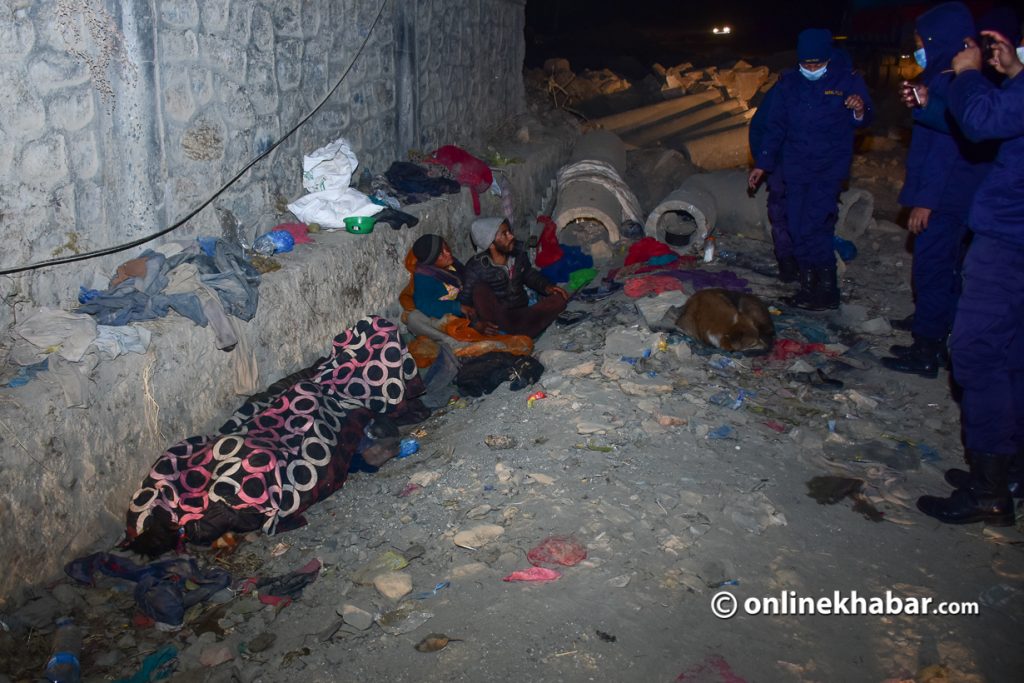
Amid the pandemic, various state-led relief packages were introduced to assist the needy and vulnerable people. To some extent, these undertakings reached the targeted lives. However, they hardly touched the lives of people and children living on the streets. Despite the rescue campaigns, no other single initiative has been put forward for the protection of these groups. Though some of them got rescued, many of them are remained on the roadside, starving, sleeping, and seeking help. The fear of getting infected is beyond imagination for them while struggle for the basics.
The critical question now arises is with several entities working for the welfare of children and people living on the street, what activities they performed amid the lockdown other than rescuing them? Did they identify the remaining homeless people and children who are left on the streets? Did they monitor their situation in terms of the coronavirus infection, deaths, and food conditions? Did they apply the lessons learned from the 2015 earthquake? After the first wave, did any concerned authorities come up with a plan to safeguard them from forthcoming consequences? In the current context, too, are there any vaccination plans for them?
What next?
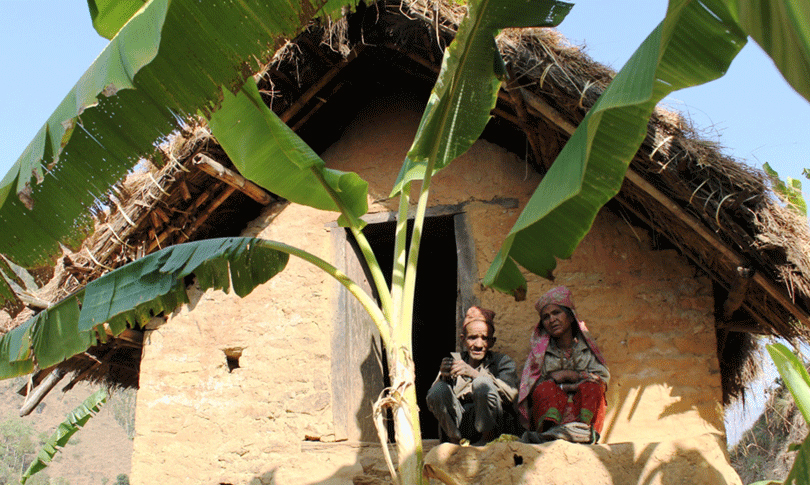
Well, the answer for all aforementioned concerns is no, because there is no space for the poor, but for corrupts. And, the poorest always suffer the most.
Moreover, whether the country is in a catastrophic or normal situation, the government’s response to these backgrounds has always remained ineffective. Every year, large amounts of budget are allocated for their upliftment, but they rarely serve them and instead get into the pockets of those who operate the system. With many mechanisms working in the proposed sector, it seems they are just daydreaming.
Now, this is a time to wake up and serve those destitute groups. It is therefore urgent to introduce concrete plans rather than only being centred on conventional approaches. In this context, reviewing and learning from the welfare model of the nations that have successfully managed to protect these groups from the impact of the virus and an intensive consultation among the representatives of civil society, policymakers, and other relevant stakeholders are indeed important to ensure their protection.



